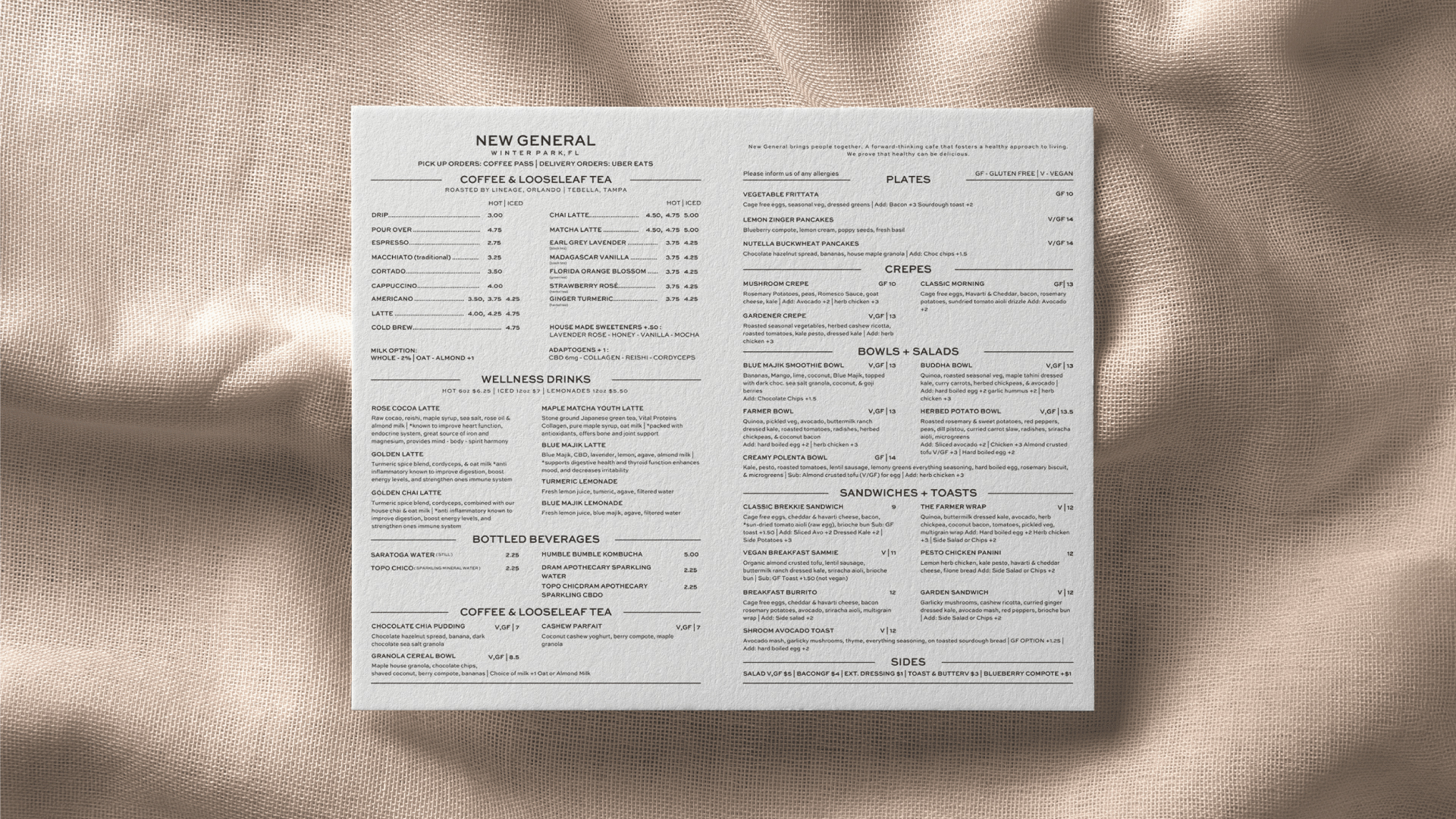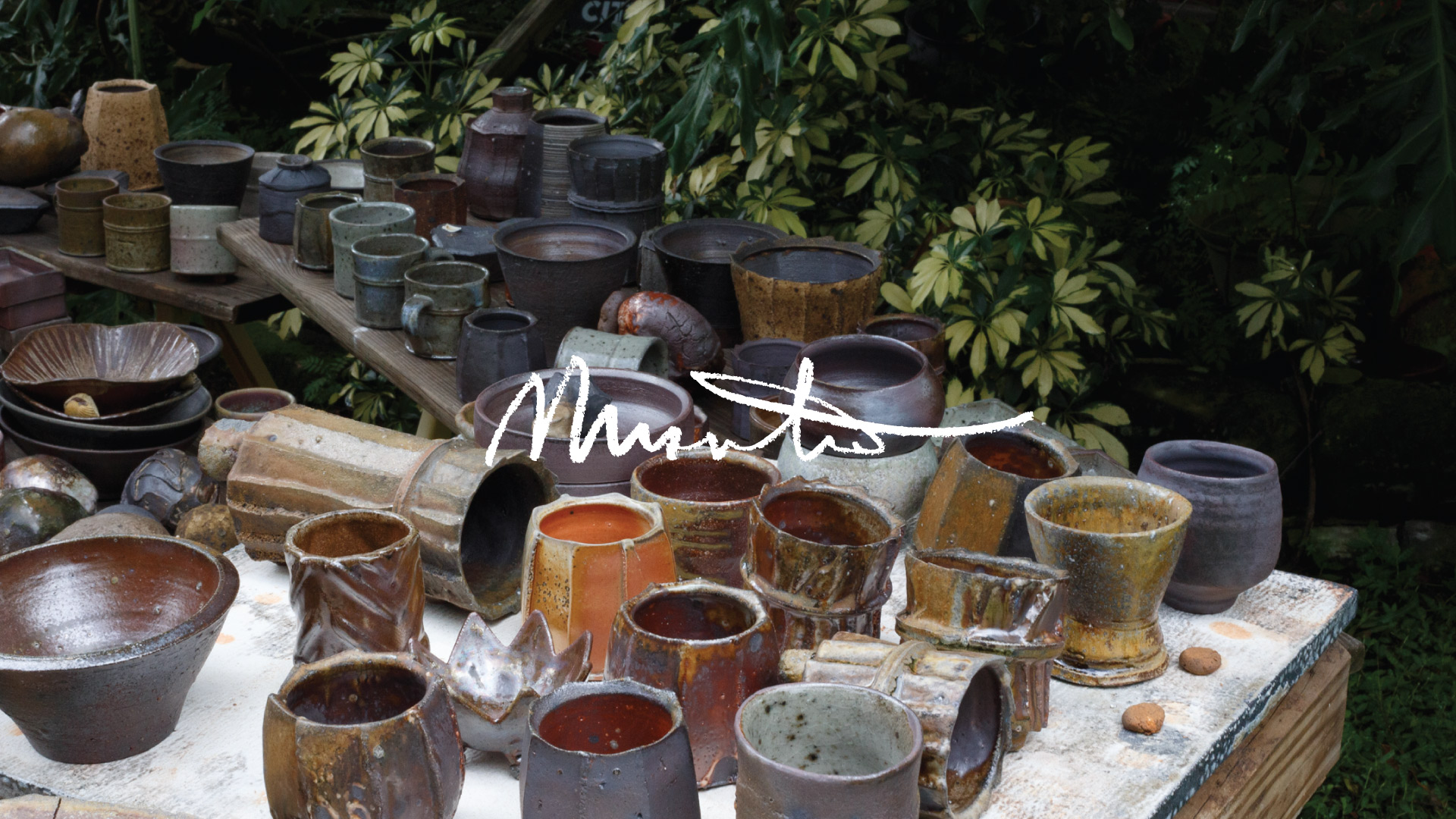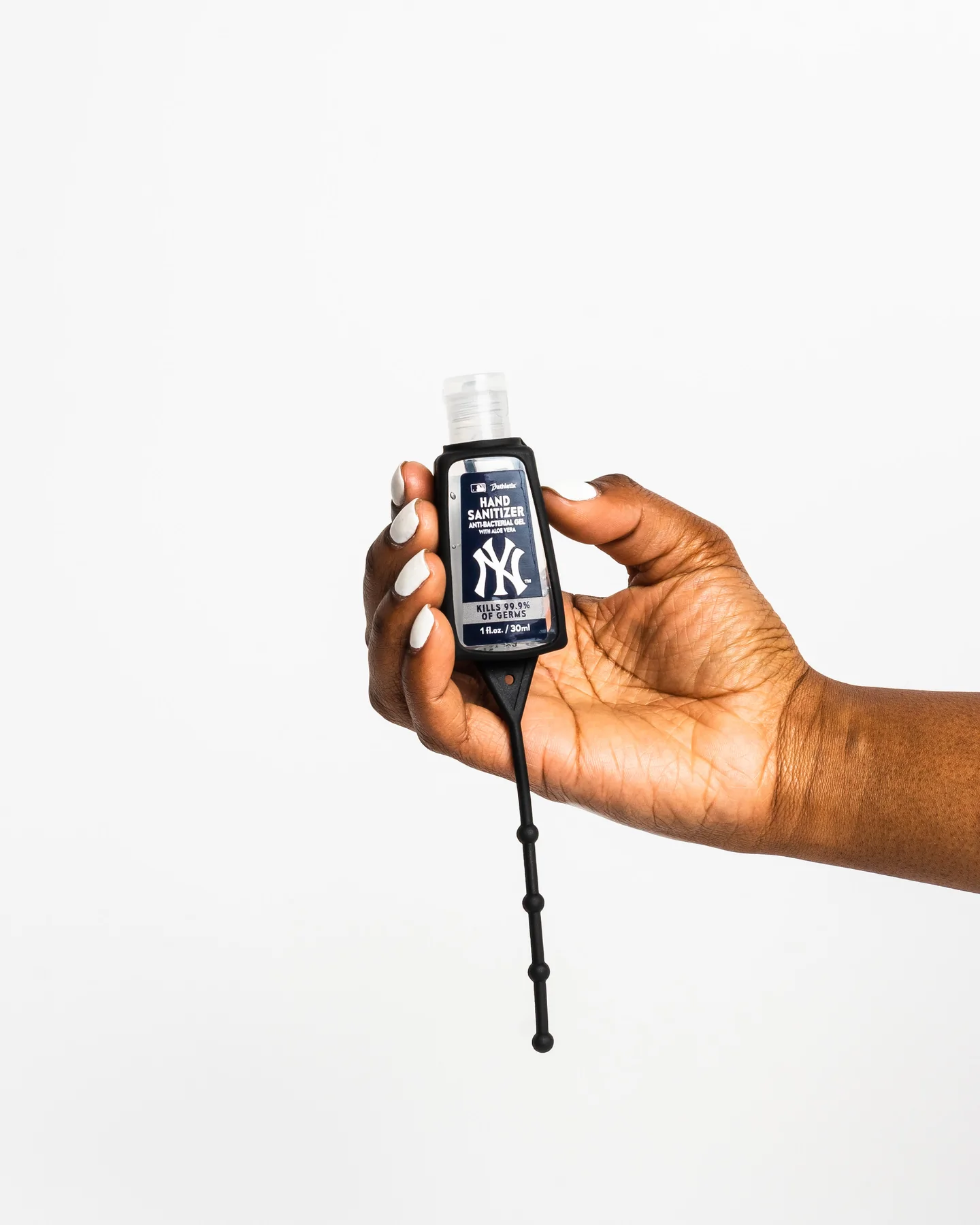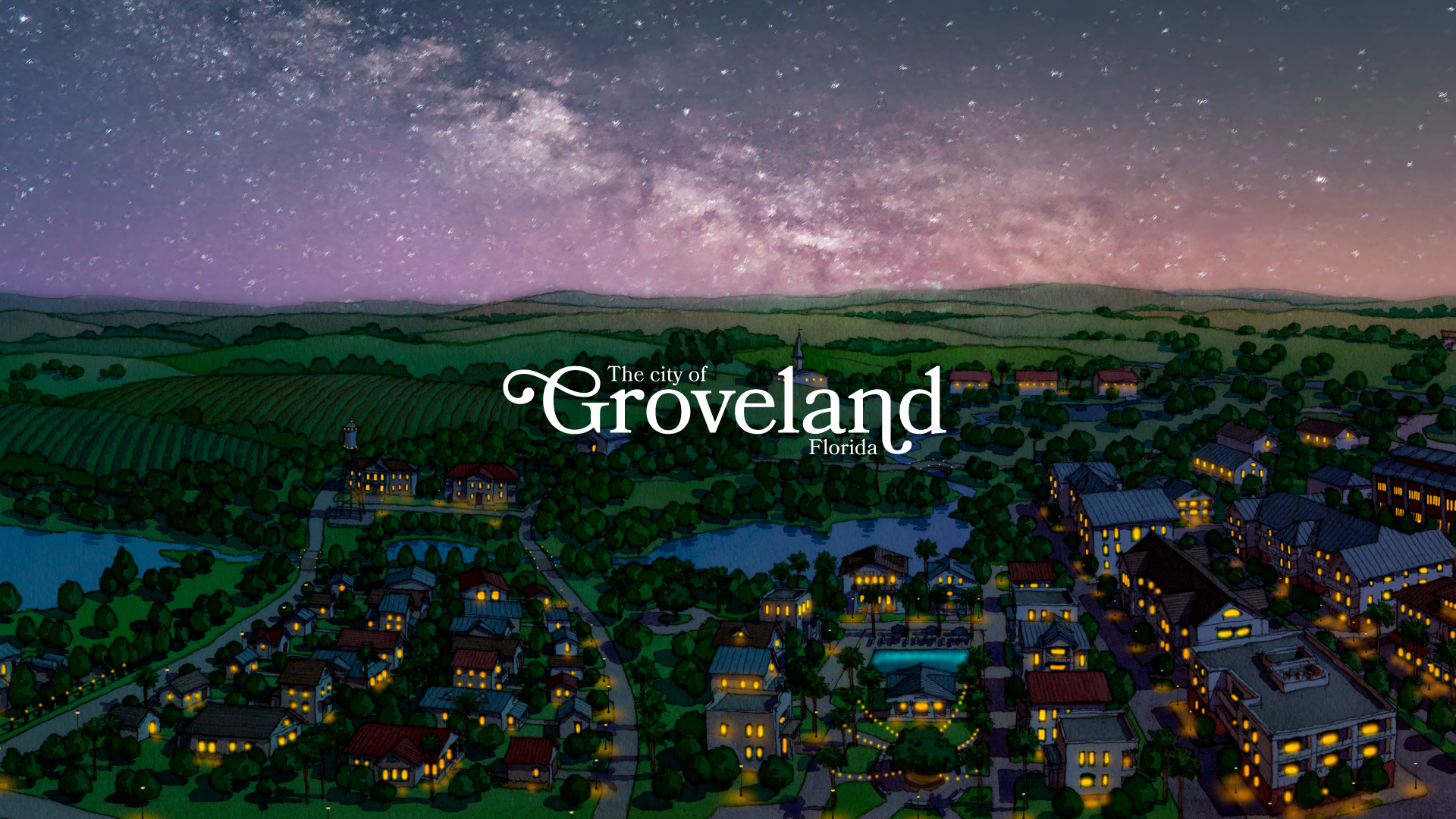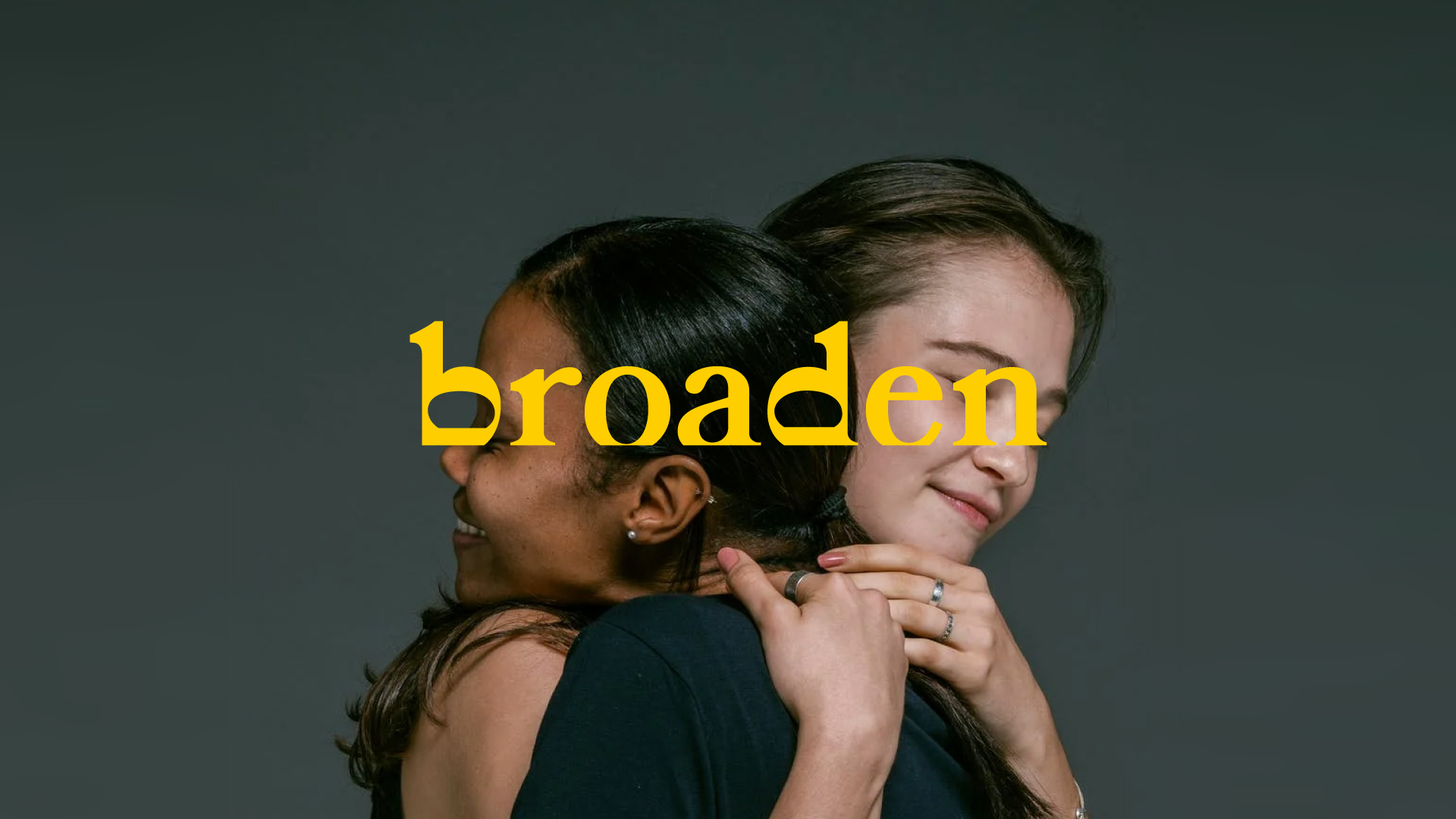Mead Garden Wayfinding
Directional Way-finding
Designing trail signage Winter Park's largest 50 acre native botanical garden.
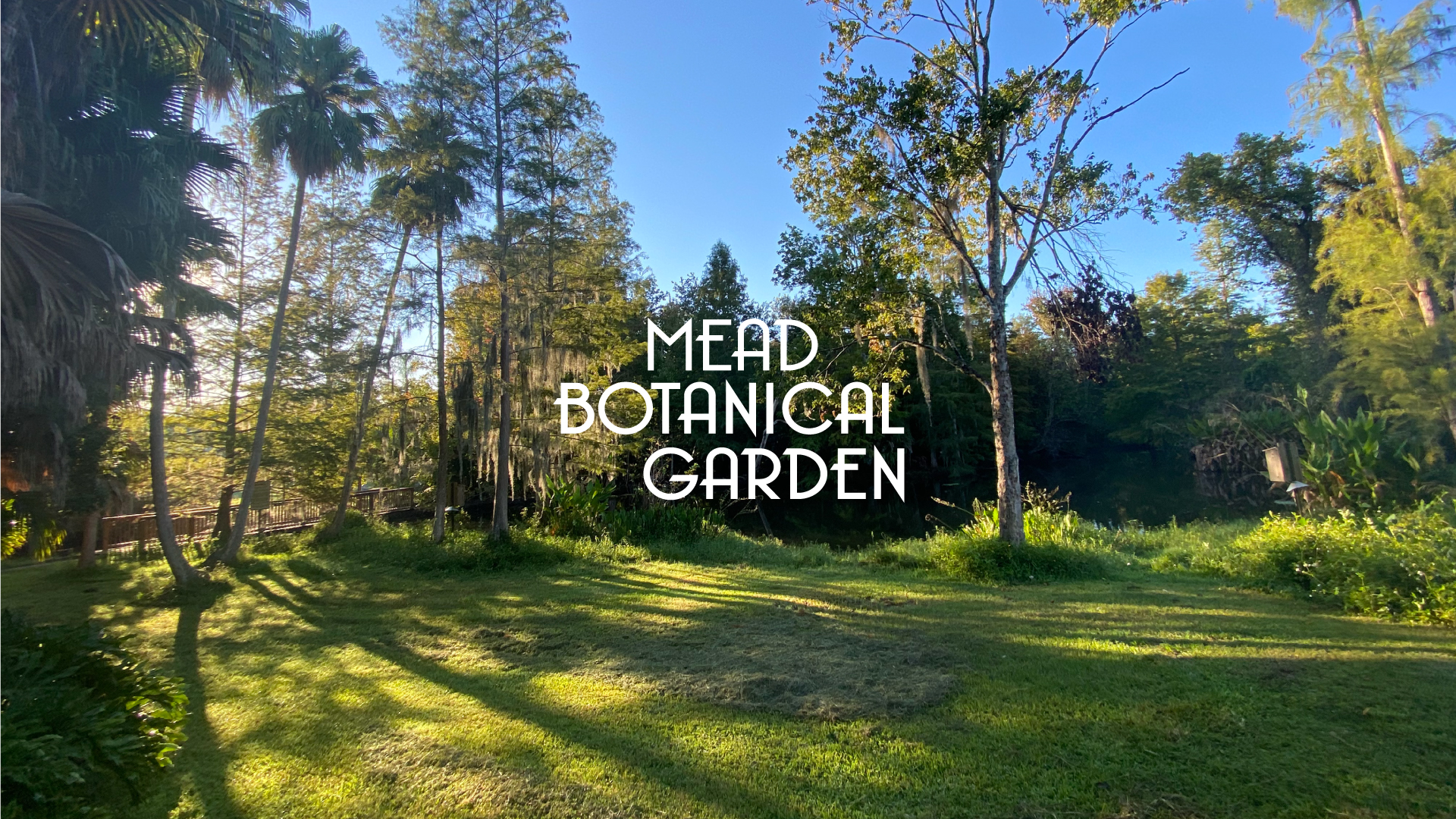
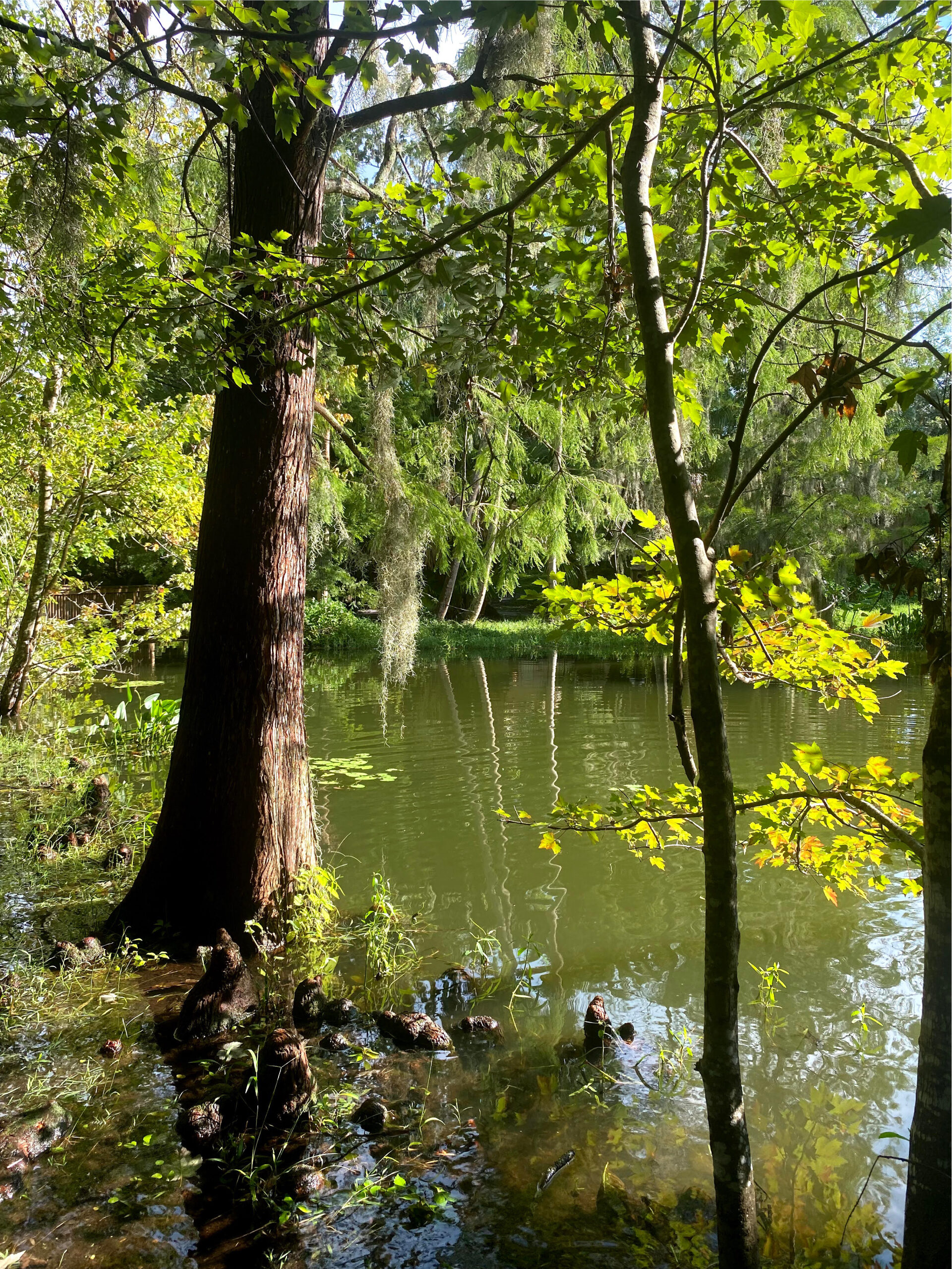
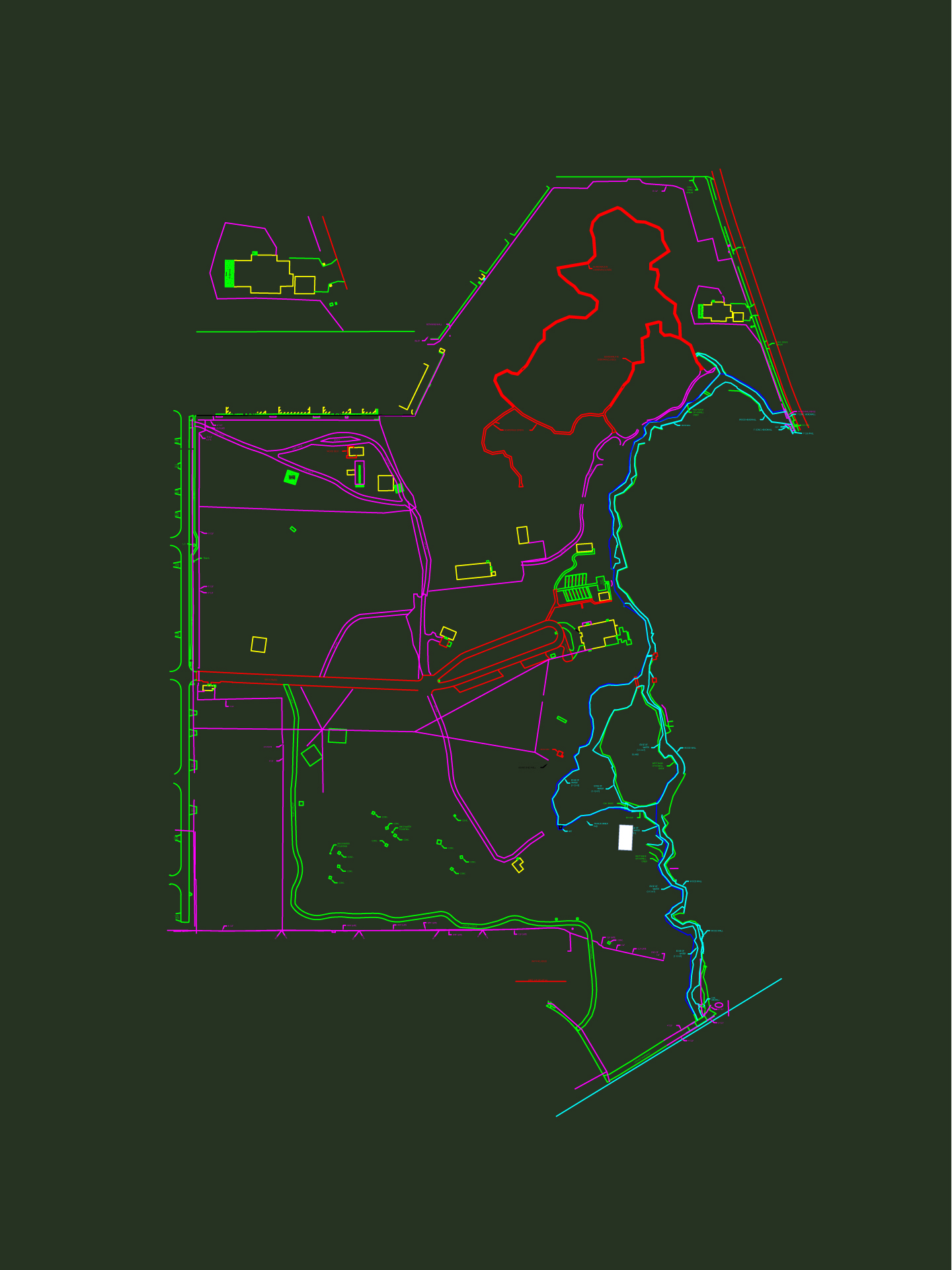
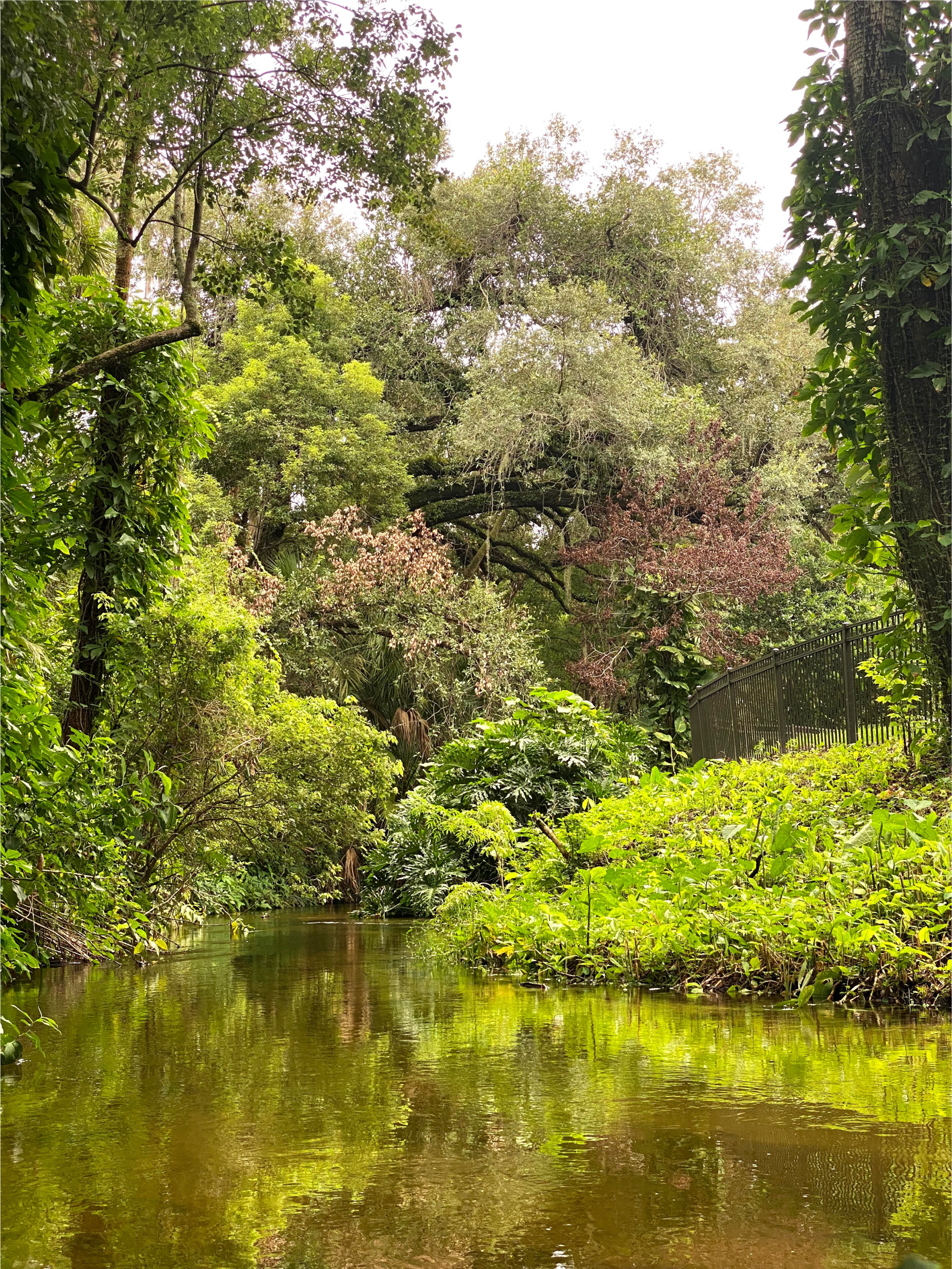
"Walking the land, studying surveys, and embracing the ever-evolving garden led us to adopt a modular way-finding system that could afford ongoing sign changes"
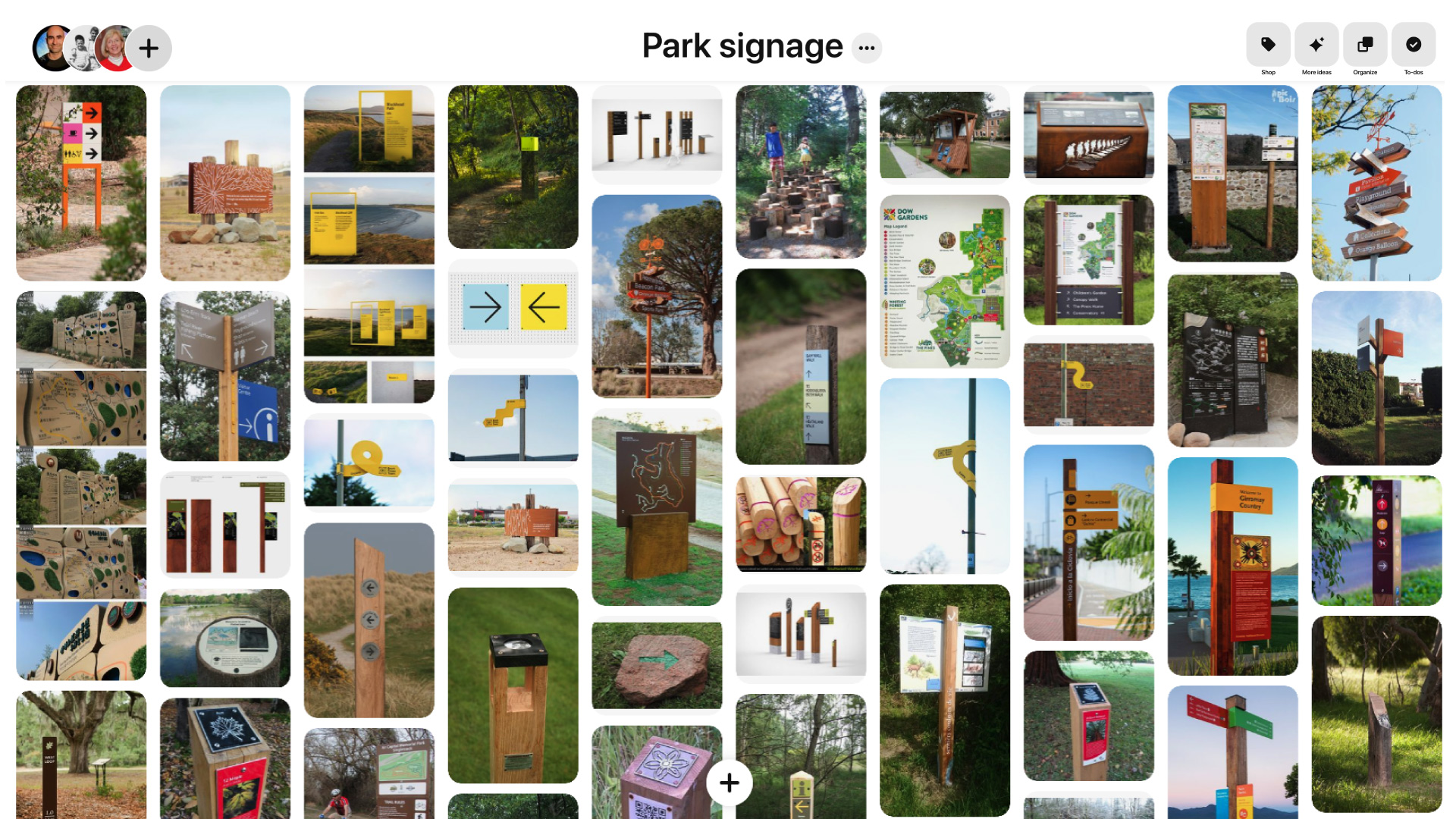
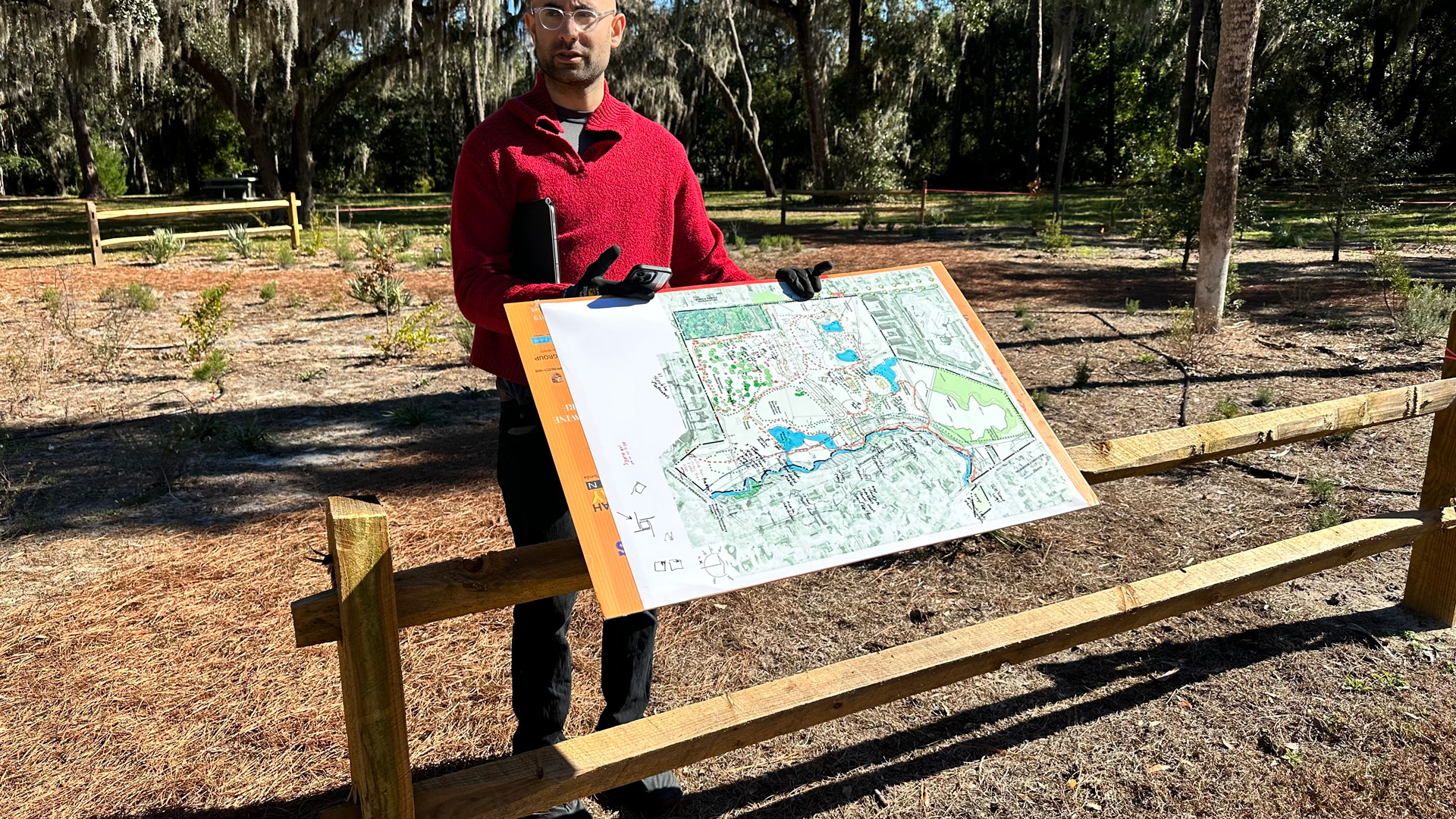
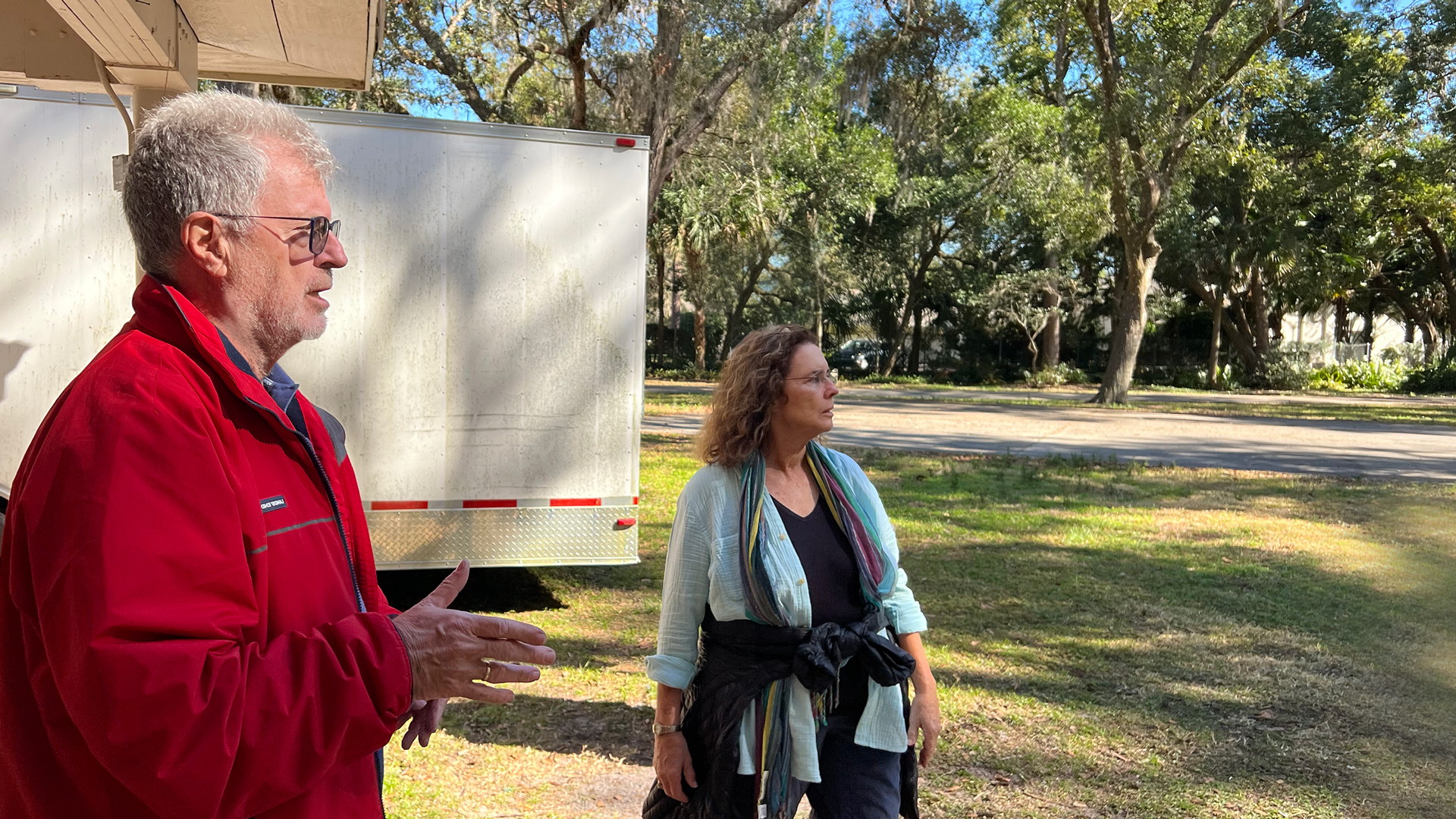
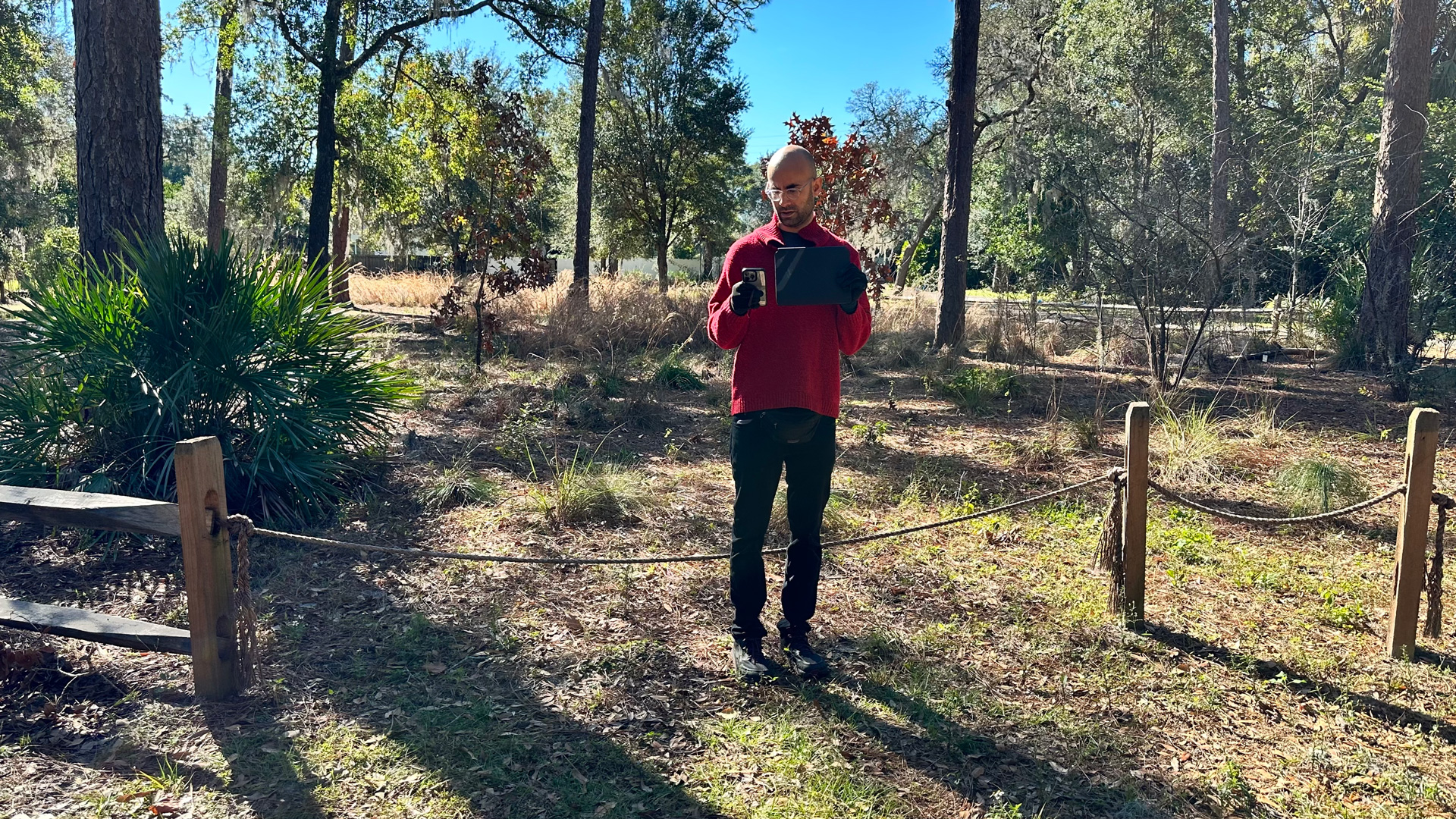
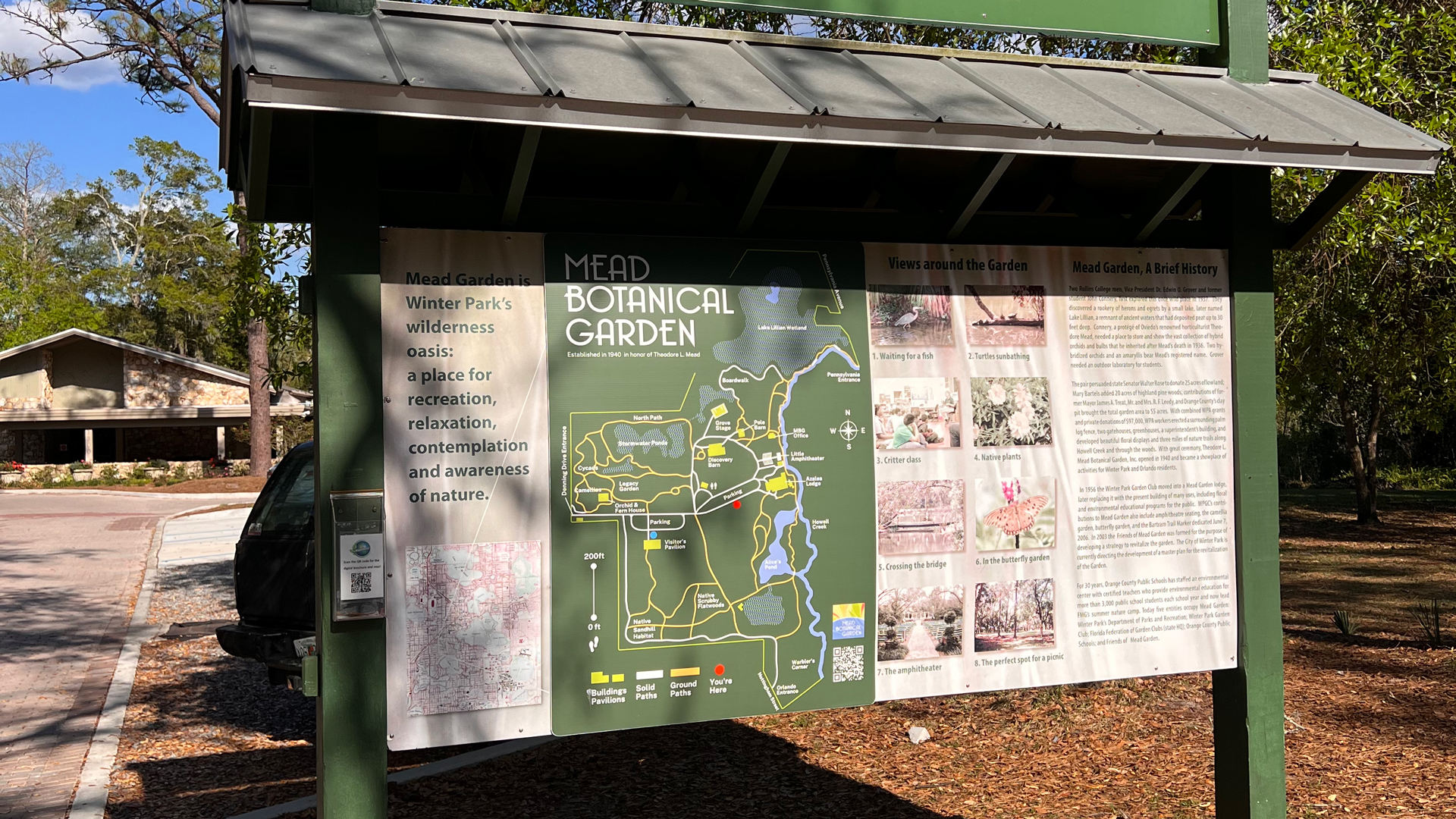
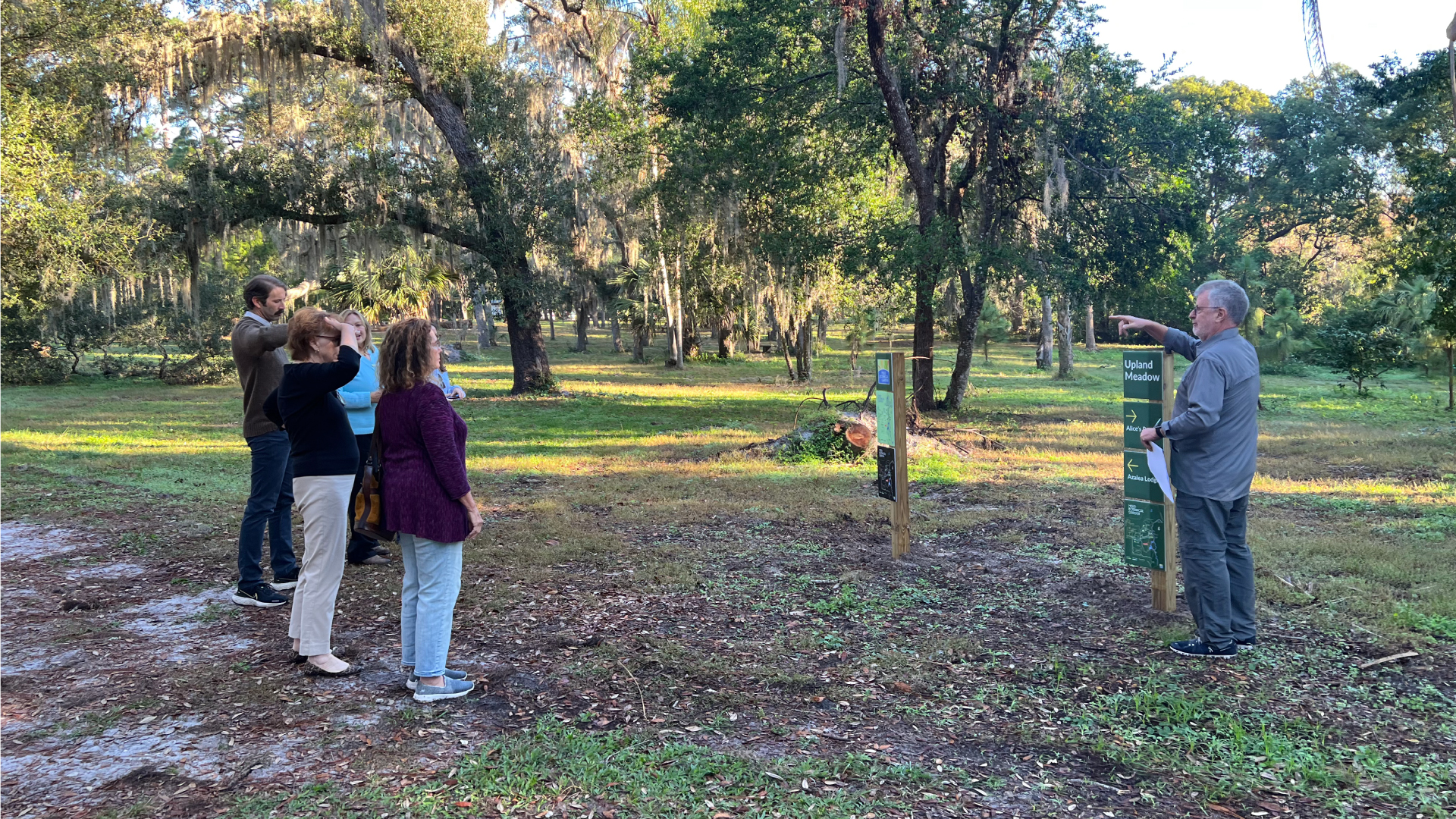
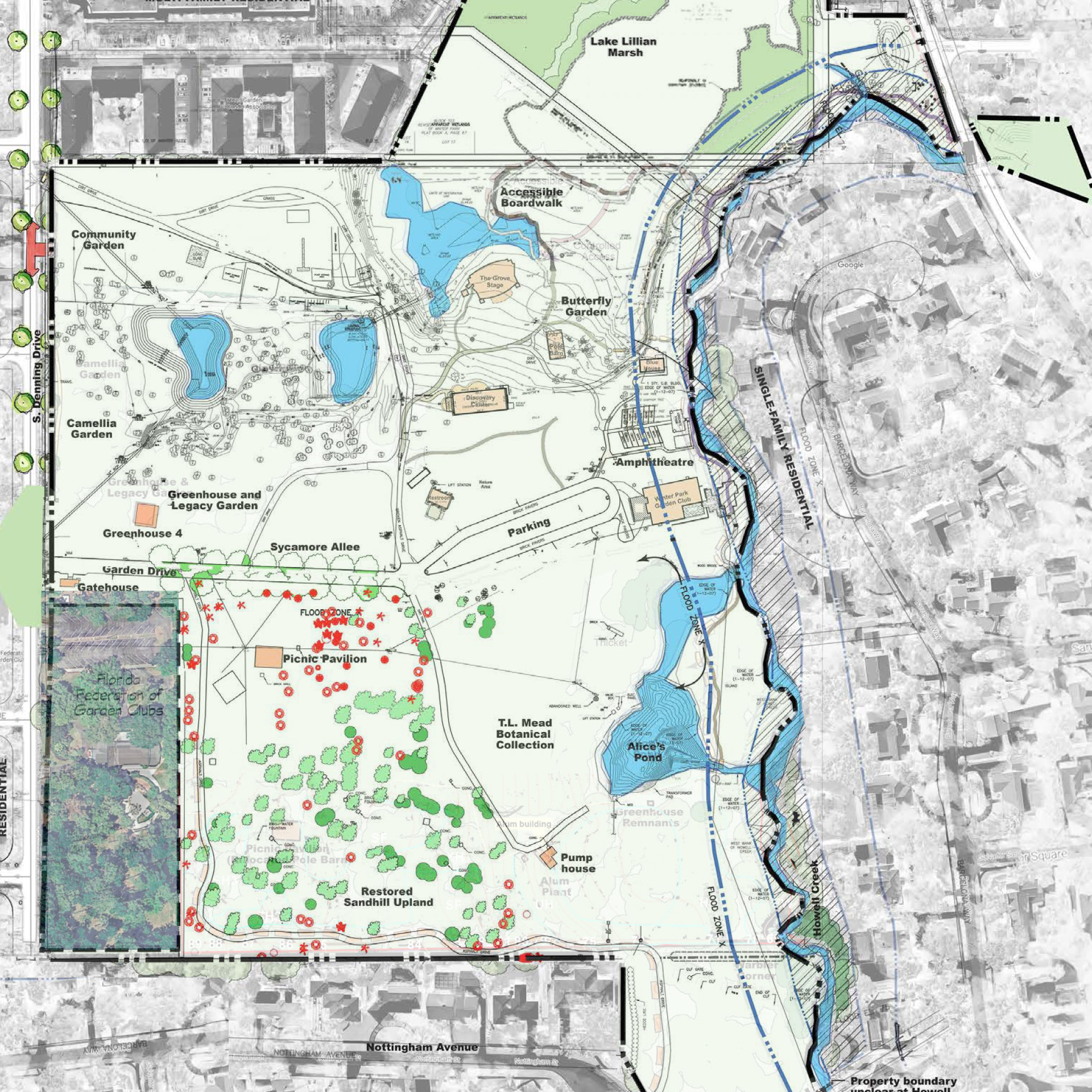
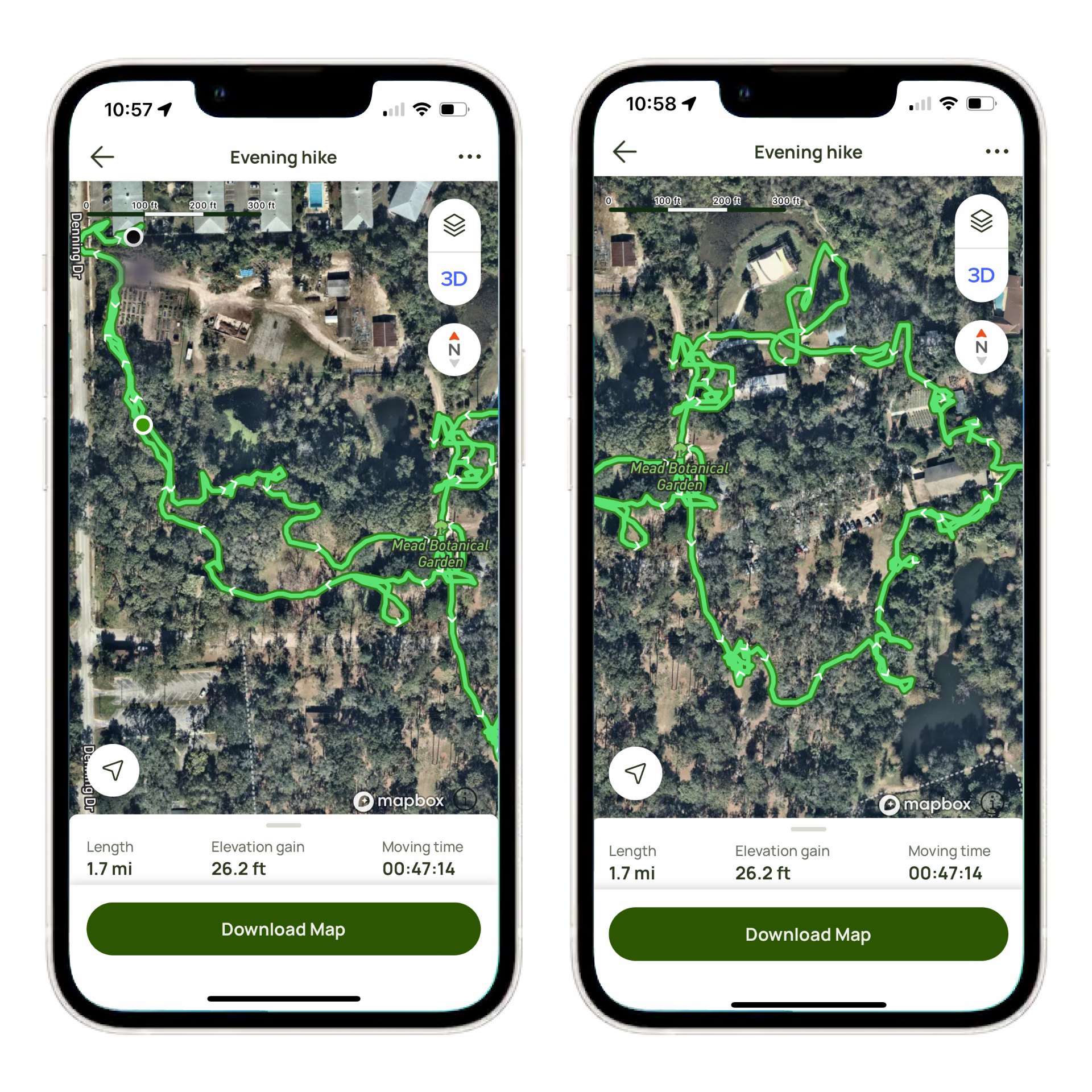
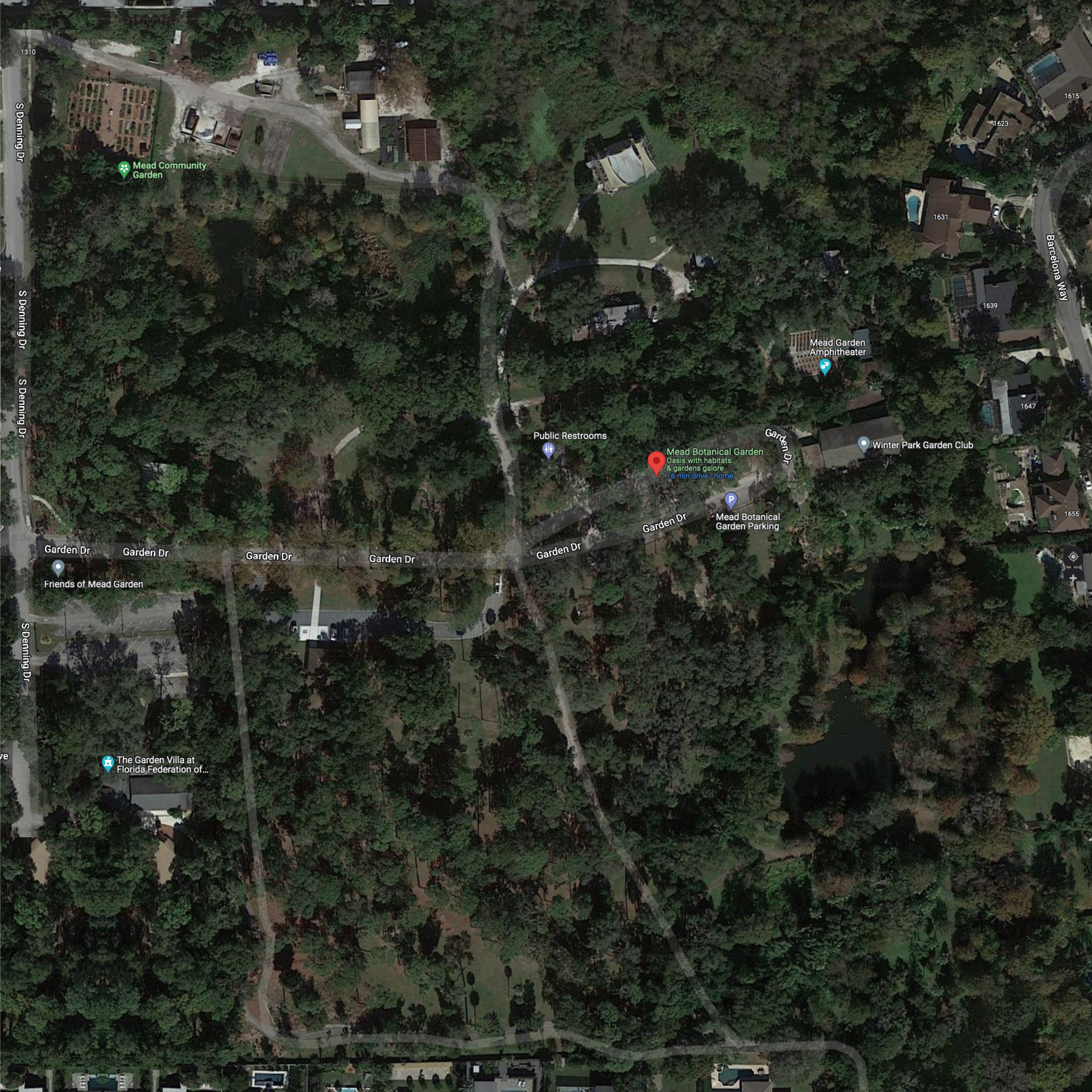

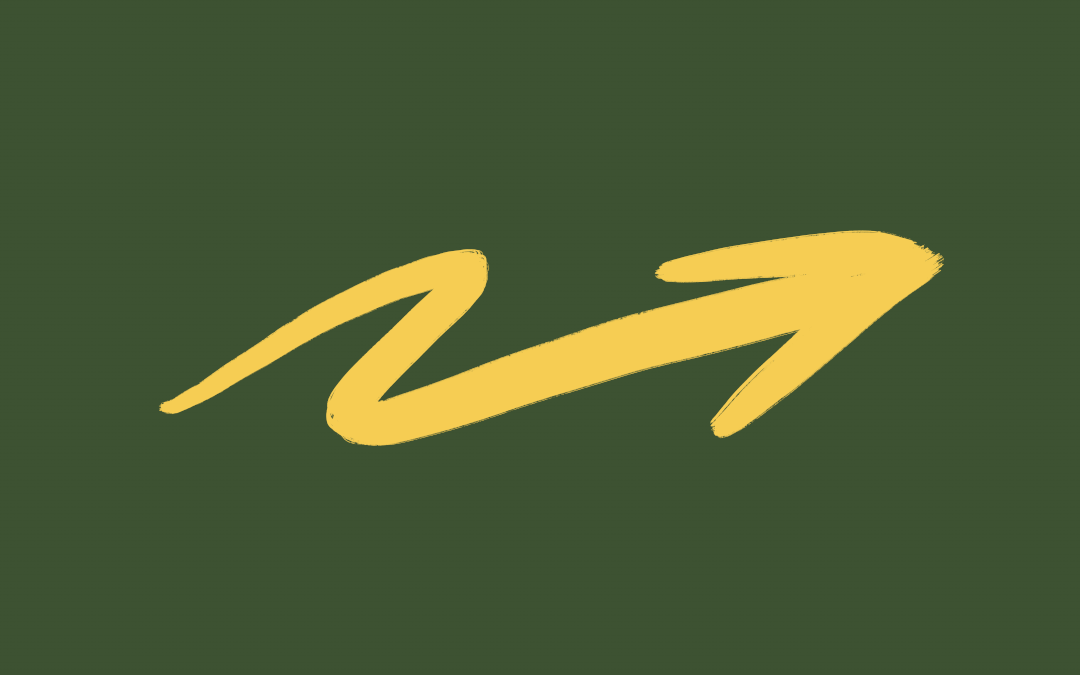
Expressive & multi-directional arrows were explored before landing on a vandal-proof 5.5" inch wide omni-mountable design."
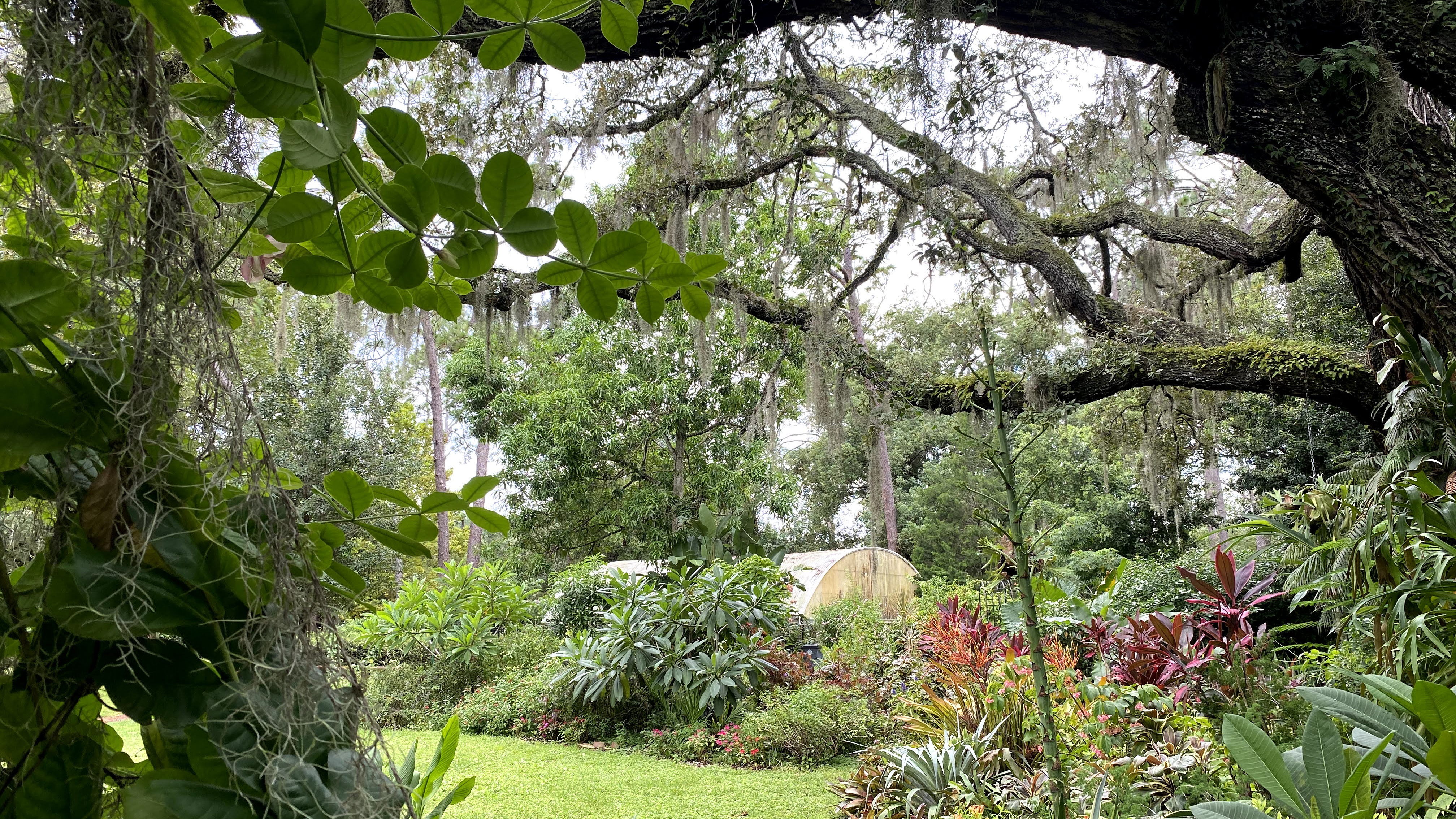
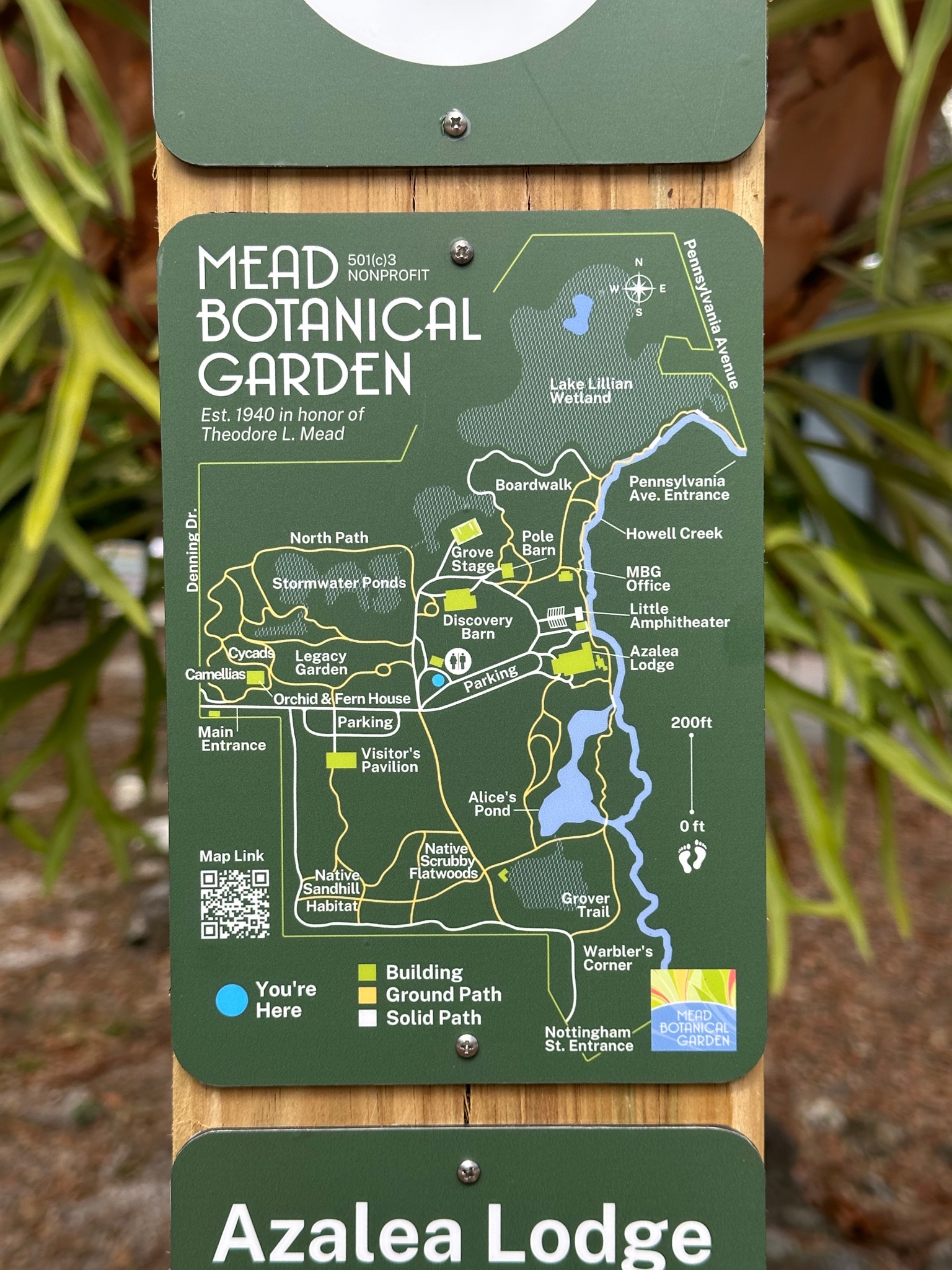

"Via testing, thinner arrows took priority on an unobtrusive, daylight-readable darker background. "
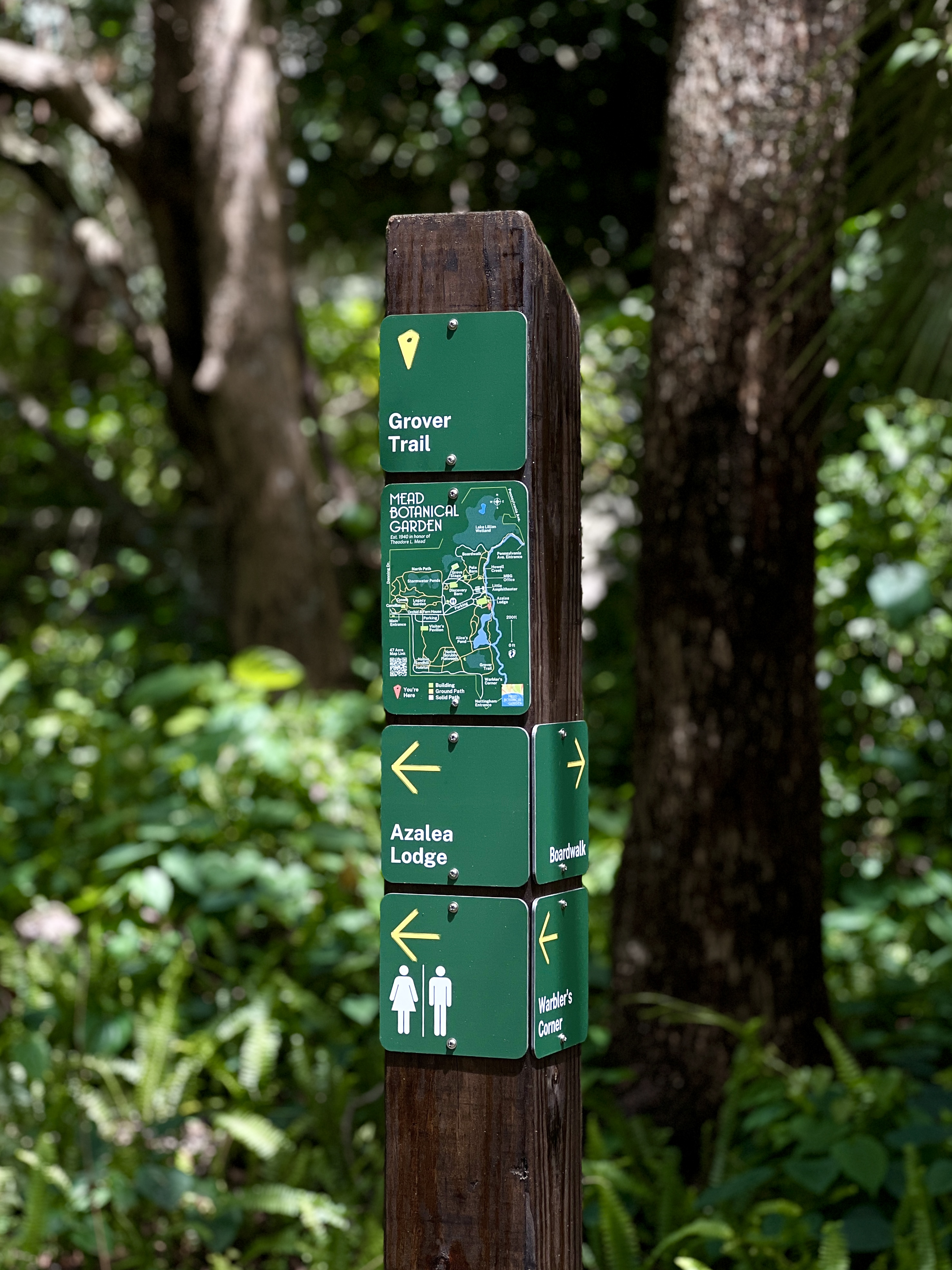
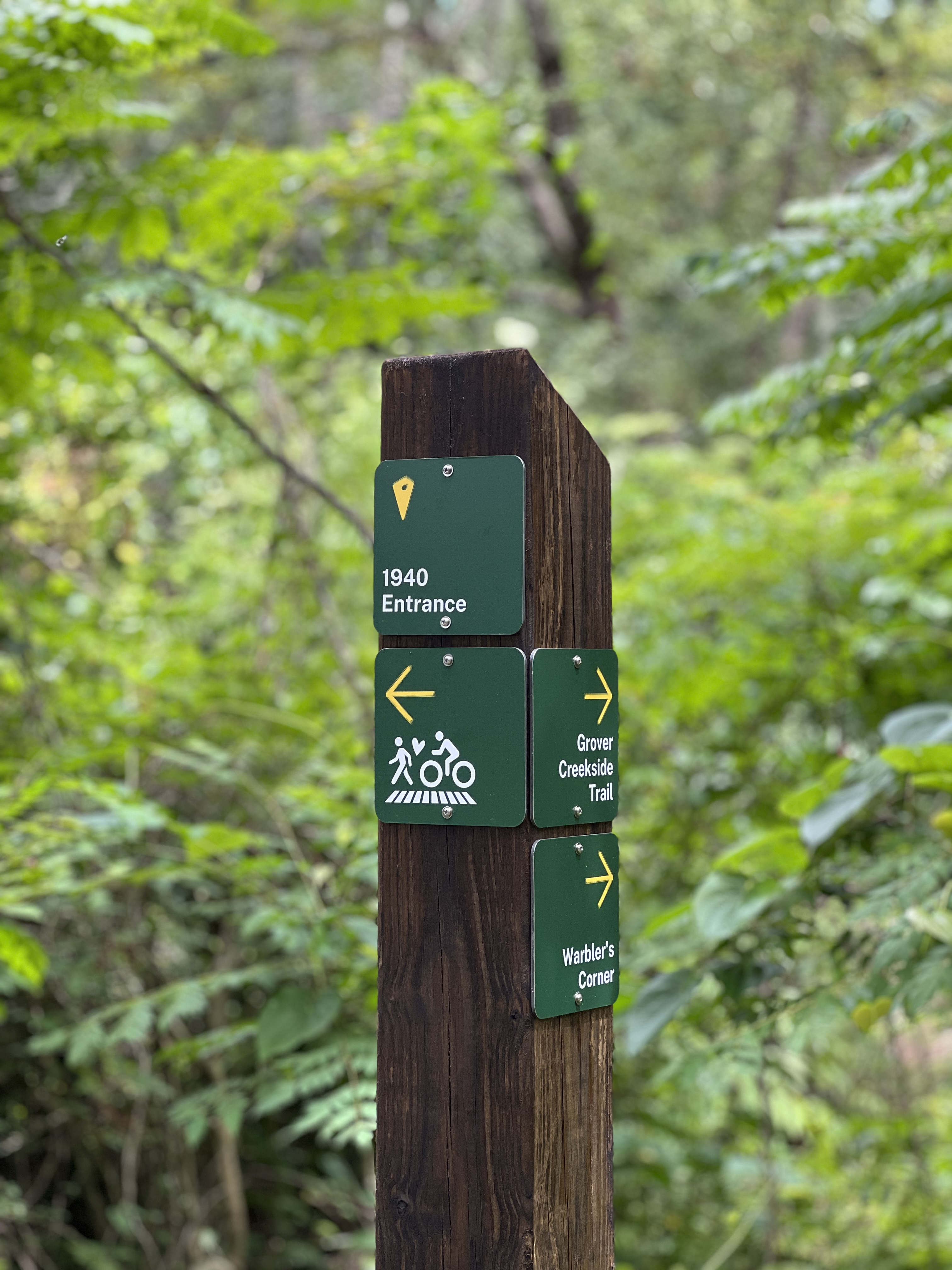
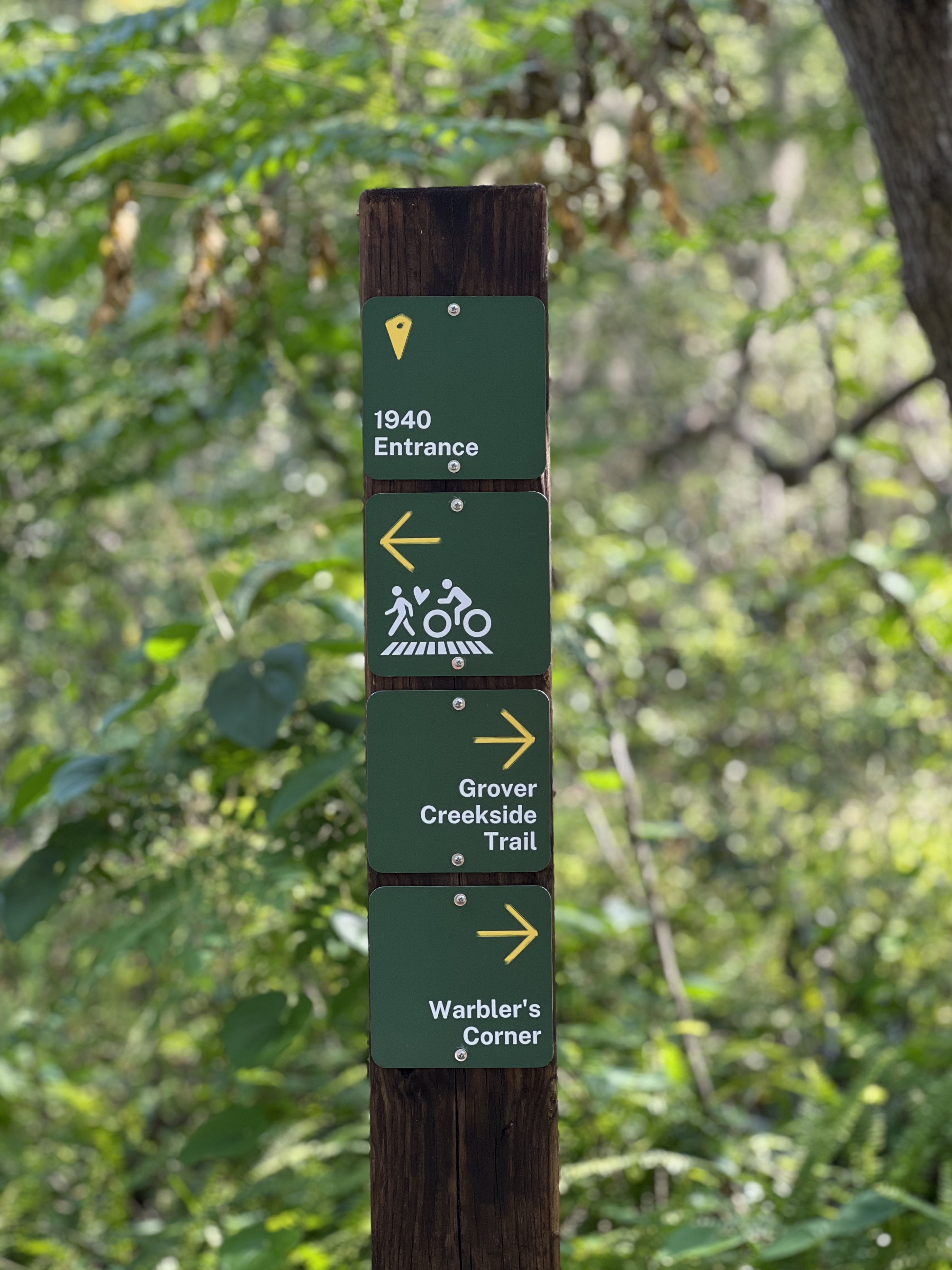
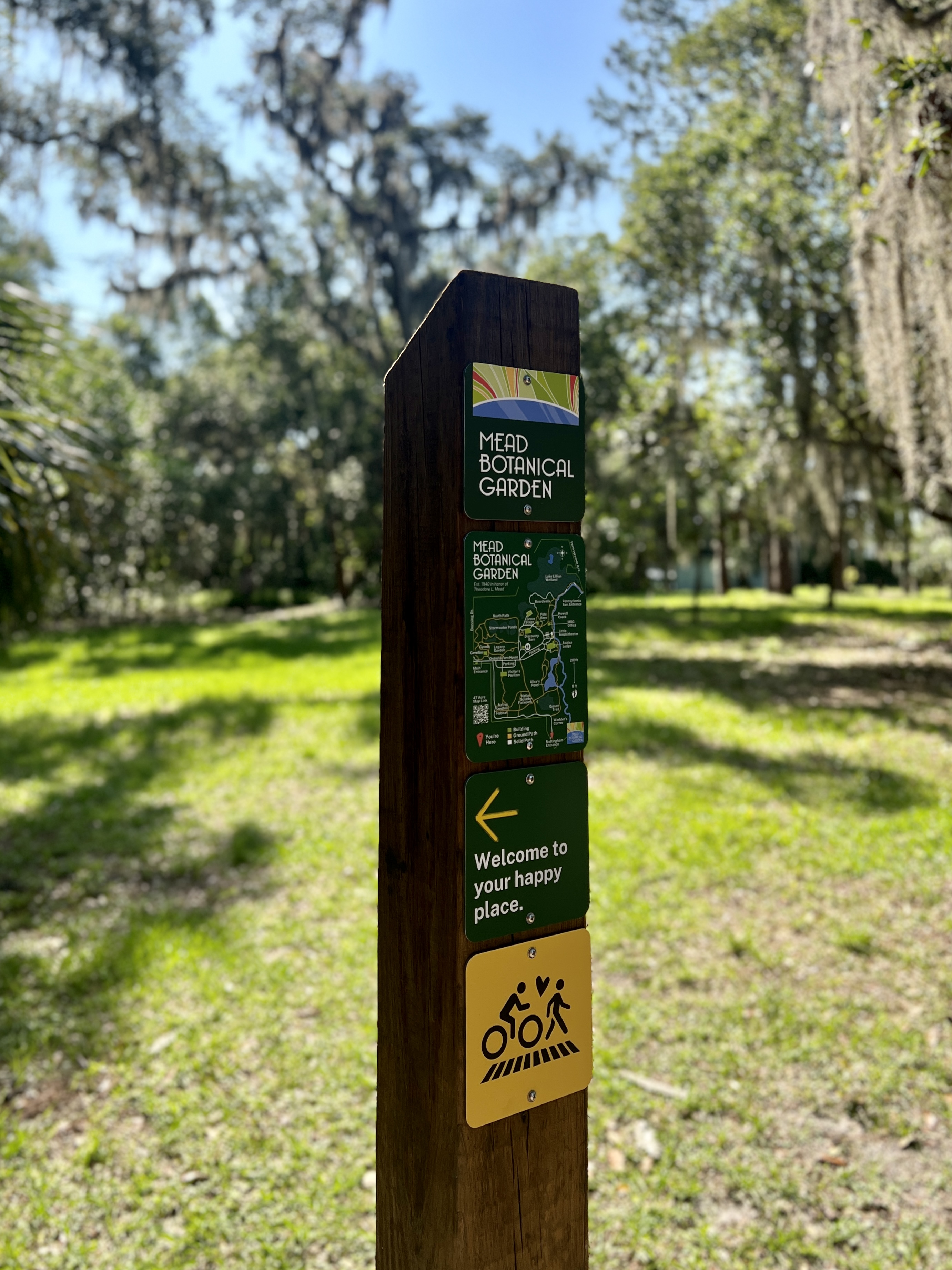
Approach: We walked the land, studied surveys, and embraced the ever-evolving garden to understand the challenges faced by visitors. This led us to adopt a modular wayfinding system that could afford ongoing sign changes. A dark green background was chosen to enhance readability and blend into the forest.
We explored expressive and multi-directional arrows alongside offset signage before landing on a vandal-proof 5.5″ inch width mountable on all wooden post sides. Arrows had to fit in cubed bounding boxes to afford cardinal-direction pointing. To preserve a wonder for adventure, the quiet design of the signage system gives information without compelling pedestrians to follow a path. A main pavilion map was created in tandem with several test signs to be approved by the board of directors.
Results: The Mead Garden Wayfinding project was a success, providing visitors with a clear and concise wayfinding system that seamlessly integrated with the natural surroundings of the garden. The modular system allowed for ongoing sign changes, ensuring visitors could find their way around the ever-evolving garden. The signs are bold enough to inform while still complimenting the dark sage of the forest. The project was completed on time and on budget.
Conclusion: The Mead Garden Wayfinding project was a collaborative effort between members and volunteers. Together, we created board-approved signage system for Mead Garden. We were proud to have worked alongside each other to help visitors navigate the garden with ease. The project team included urban planner Jeffrey Blydenburgh, environmental specialist Catherine Bowman, the garden board, creative director Cynthia Hasenau, and design consultant Michael Diaz.



